Featured News Publications
//
//
January 14, 2025
//
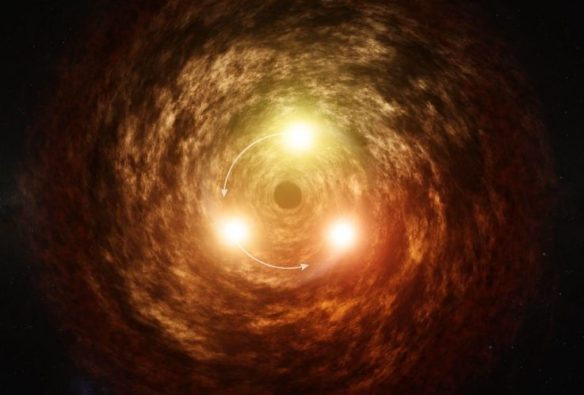
An international team of scientists, including CITA faculty Bart Ripperda and CITA graduate student Braden Gail, have made the first-ever detection of a mid-IR flare from Sgr A*.
Using the James Webb Space Telescope, an international team of scientists among whom CITA faculty Bart Ripperda and graduate student Braden Gail, detected for the first time a mid-IR flare from the supermassiv…
Read more »
Featured News Publications
//
//
December 13, 2024
//
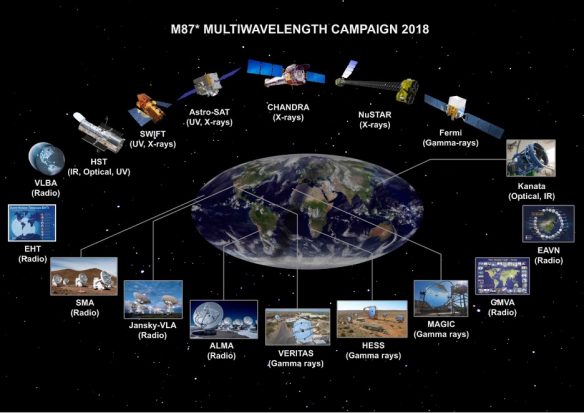
By Lyuba Encheva (with files from EHT press office)
Canadian Institute for Theoretical Astrophysics researchers Bart Ripperda, Ue-Li Pen and Gibwa Musoke, who are part of the Event Horizon Telescope (EHT) collaboration, are among the authors of a paper outlining the results of a multi-wavelength observational campaign conducted in April 2018.
The authors report the first observation…
Read more »
News Publications Recent Papers
//
//
April 5, 2024
//
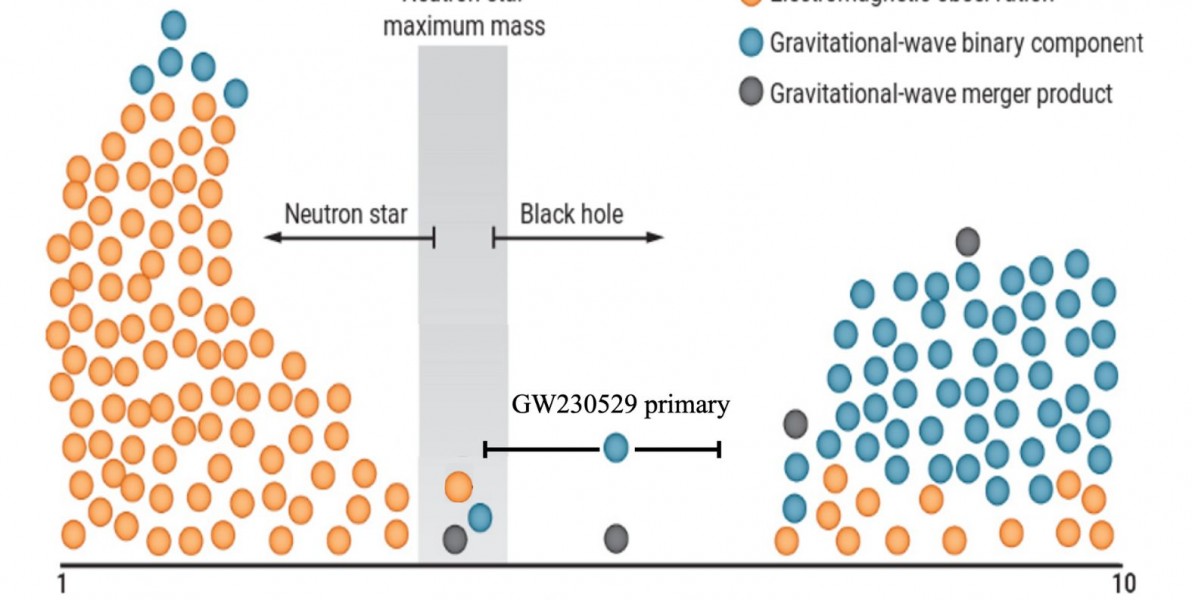
Today the LIGO-Virgo-KAGRA (LVK) Collaboration released information on one of the events detected during its current fourth observing run – a gravitational-wave signal from the collision of what is most likely a neutron star with a compact object that is 2.5 to 4.5 times the mass of our Sun. What makes this signal, called GW230529, intriguing is the mass of the heavier object. It falls within a…
Read more »
Featured News Publications Recent Papers
//
//
March 6, 2024
//
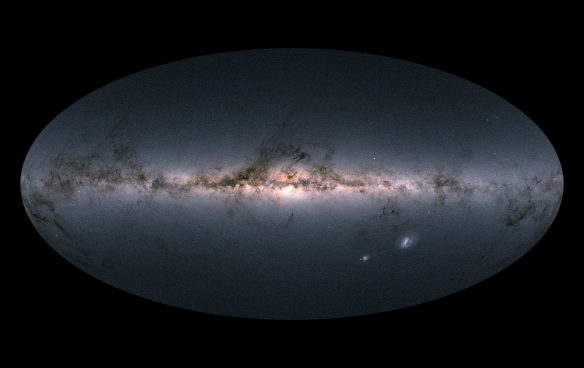
By Milan P. Ilnyckyj, Canadian Institute for Theoretical Astrophysics
Research published in Nature by CITA National Fellow Simon Blouin grants new understanding of delayed white dwarfs.
Your astronomy textbook might describe white dwarfs as the cool and comparatively uninteresting remnants of dead stars. This perspective is challenged by the previously unexplained existence of delayed whit…
Read more »
Featured News Publications Recent Papers
//
//
July 15, 2020
//
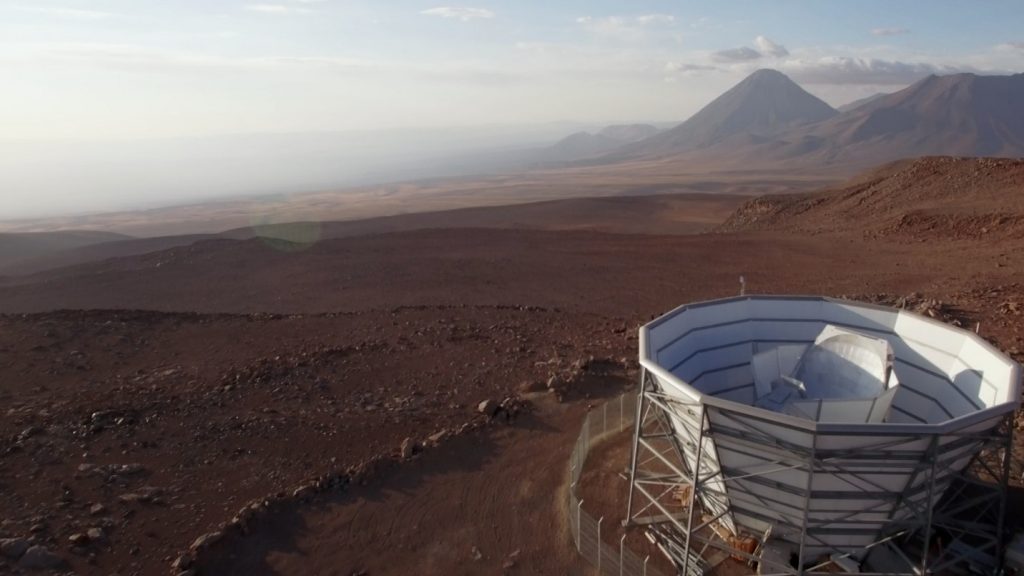
From a mountain high in Chile’s Atacama Desert, astronomers with the National Science Foundation’s Atacama Cosmology Telescope (ACT) have taken a fresh look at the oldest light in the universe. Their new observations plus a bit of cosmic geometry suggest that the universe is 13.77 billion years old, give or take 40 million years.
The new estimate matches the one provided by t…
Read more »




